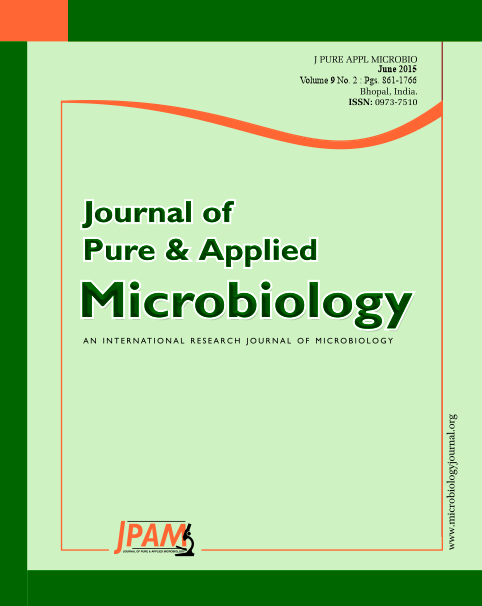Glucose oxidase have get pronounced attention due to its wide range of uses in different industries including chemical, pharmaceutical, food, beverage, biotechnology and clinical analysis. Present investigation deals with N-nitroso-N-methylurea (NMU) chemical that was used as mutagen for enhanced glucose oxidase (GOX) production from the wild strain of Aspergillus niger. After mutagenesis and screening methods, TS-NMU-100 mutant derived isolate of Aspergillus niger screened out as best positive mutants with the 260.10% increase in glucose oxidase activity corresponding to its wild strain. Production of GOX from wild and NMU mutant derived strains of Aspergillus niger was carried out by using pre-optimized media conditions using corn steep liquor (CSL) as substrate. It was found that N-nitroso-N-methylurea, chemical mutagen could be efficiently used for the hyper-production of GOX from A. niger. It was also revealed that NMU mutant strains of Aspergillus niger (A. niger) having a strong capability of GOX production and could be valuable for further advance research investigations and commercial scale production of GOX especially in food and pharmaceutical preparations.
Aspergillus niger (A. niger), Glucose oxidase (GOX), N-nitroso-N-methylurea (NMU), mutagenesis, Corn steep liquor (CSL)
© The Author(s) 2015. Open Access. This article is distributed under the terms of the Creative Commons Attribution 4.0 International License which permits unrestricted use, sharing, distribution, and reproduction in any medium, provided you give appropriate credit to the original author(s) and the source, provide a link to the Creative Commons license, and indicate if changes were made.


